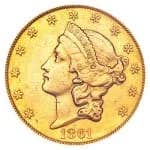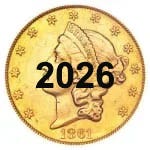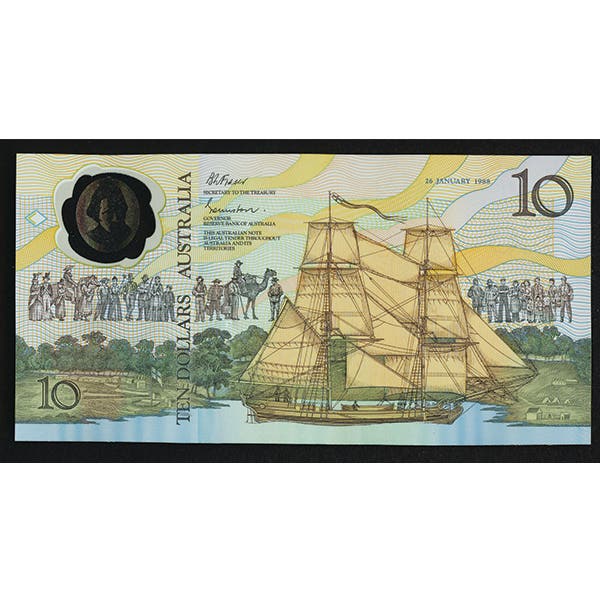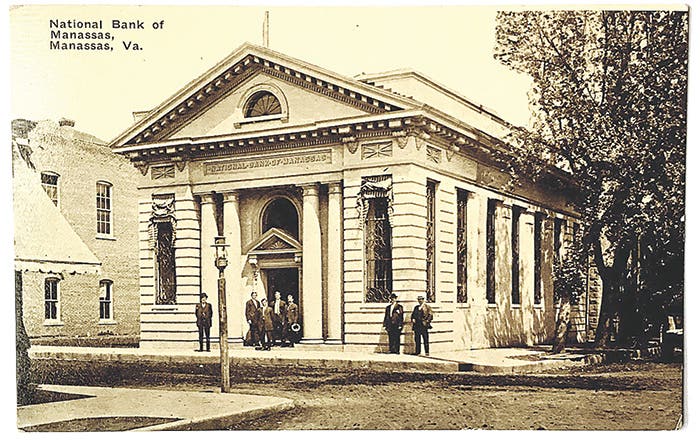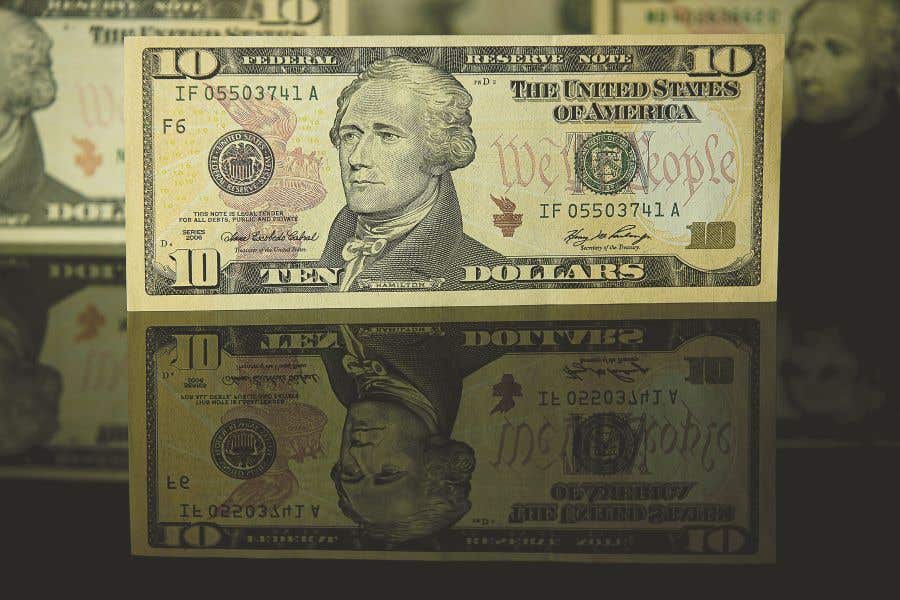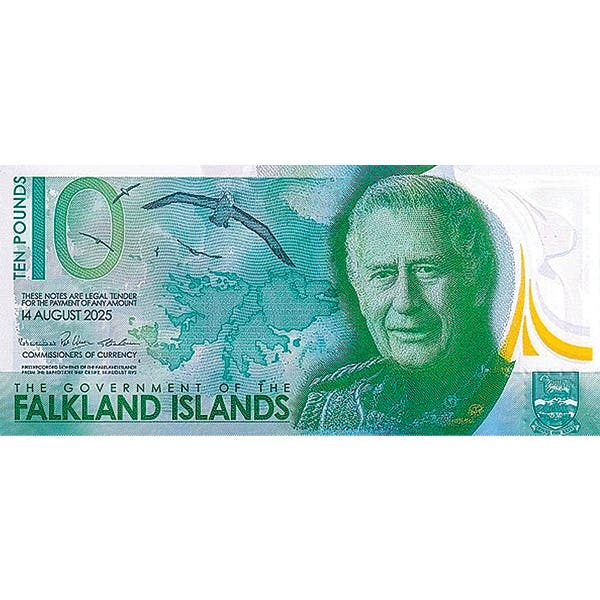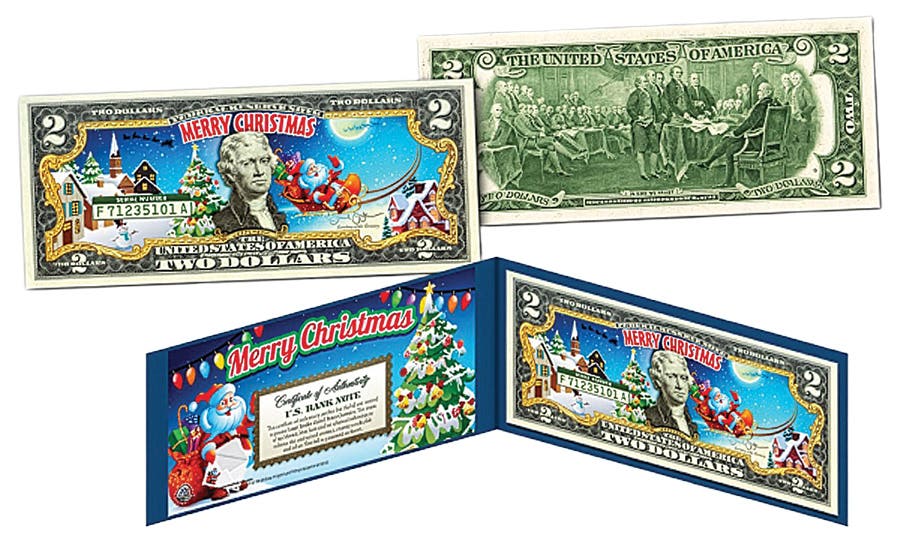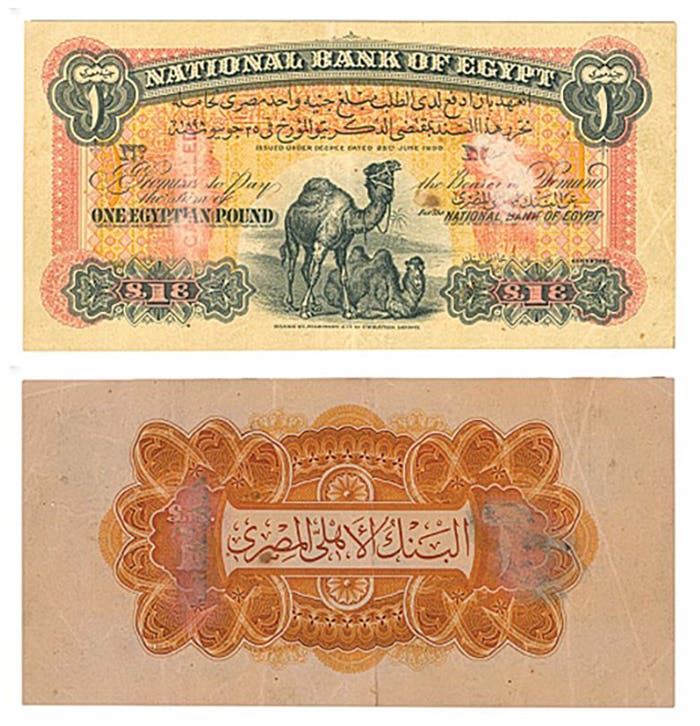Switzerland To Change Designs
After 150 years of nearly unchanged coin designs, Switzerland is inviting new creativity for its 10th series of bank notes, themed around the nation’s diverse altitudes and landscapes.
Suppose you think the 116 years that Abraham Lincoln has appeared on the United States' 1-cent coin, or the 55 years in the 1800s when Liberty was shown seated on the country's silver coins, are boring. In that case, you need only to look at the redundancy of the designs on Switzerland's coinage to see something truly static.
The female bust facing right on the obverse of the Karl Voight-designed rappen or centime-denominated coins has been with us since 1879, for 146 years, and the standing Helvetia portrait designed by Albert Walch on the half, 1-, and 2-franc coins has been in continual use since 1875, marking 150 years.
On the other hand, since 1911, the central European country has used nine differently designed series of bank notes. As of August 2025, the Swiss National Bank (SNB), the country's central bank, is now seeking new designs for its tenth series of bank notes, with a theme based on Switzerland and its altitudes.
There is some irony in Switzerland changing the design on its notes so often, while keeping the same designs on its coinage.
According to a question posed to the central bank by banking giant UBS, “Even though today’s notes are considered forgery-proof, the probability of a successful forgery increases year by year. The reason for this is the rapid pace of technological change and the new options it offers. The National Bank’s goal, therefore, is to be at the cutting edge of bank note technology.”
In the 2008 edition of "Guinness World Records," Switzerland’s eighth series was considered the world's most secure bank note series.
The current series, introduced in 2017, was designed by Manuela Pfrunder. Time serves as the vignette theme on the current 10 francs, light on the 20 francs, wind on the 50 francs, water on the 100 francs, matter on the 200 francs, and language on the 1,000 francs. The designs appear vertically rather than horizontally.
The Swiss National Bank has addressed the continuing need for physical cash. In 2007, the face value of bank notes in circulation was about 40 billion francs. By 2015, that value had risen to more than 65 billion francs. An outside source estimated the value of notes in circulation to be about 87 billion francs in 2022.
The bank recently selected 12 individuals and teams to submit proposed designs from an initial field of more than 300 applications for the competition, with these designs now appearing on the SNB website.
The public was invited to share their views on the designs through a survey by Demoscope, a polling company, until September 7, 2025. This was the first of two stages that will lead to the ultimately chosen designs.
The six proposed designs in the second stage had a score of 60% during the first stage. This is combined with the 40% assessment of the proposals and their suitability for collaboration in the second stage. The winning designer or team will be announced in early 2026, and the newly designed 10th series is expected to be issued in the early 2030s.
According to the bank, vignettes of the Lowlands will appear on the following 10-franc note, the Swiss Plateau on the 20 francs, the Jura Mountains on the 50 francs, the mountains on the 200 francs, and the high Alps on the 1,000 francs. No mention has been made regarding any design changes made to the circulating coinage.
While the designs on the bank notes will change, the basic colors will not. The colors selected are meant to be easily distinguished on the color spectrum. The 10 francs is yellow, the 20 francs is red, green dominates the 50 francs, blue is featured on the 100 francs, brown is on the 200 francs, and the 1,000 francs is purple. The reasoning for this consistency is to avoid confusion during a transition phase.
It is expected that it will cost about 40 centimes to print each new bank note. Notes are printed on a three-layer polymer substrate consisting of two outer cotton paper layers and a polymer core. Security on Switzerland’s bank notes includes windowing cutouts.
Information about the upcoming series can be found at snb.ch.
You may also like:

